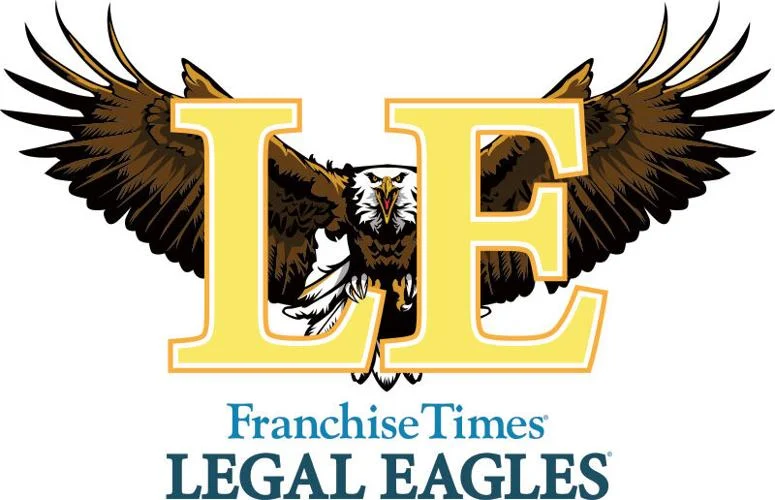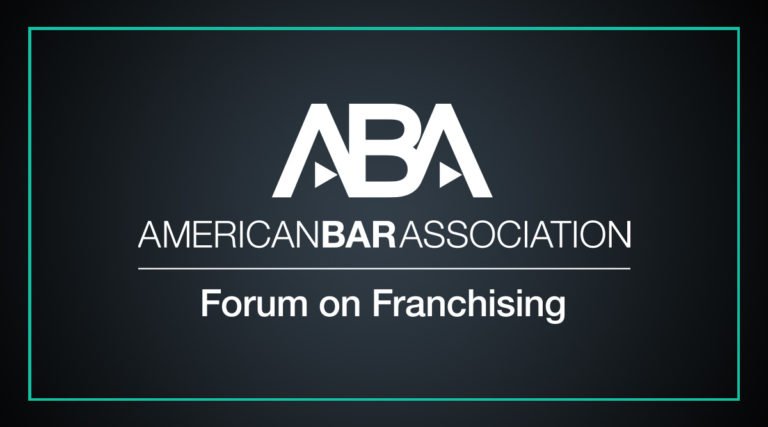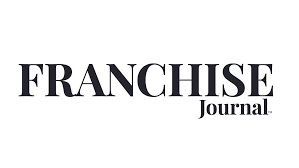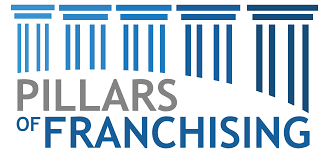Brand twinning! Why can I use Dove soap to wash Dove chocolate off my hands in a Delta sink on a Delta airplane?!
Have you noticed companies can share brand names? I can walk into any store, purchase Dove soap and Dove chocolate, and then head home to listen to Apple Records on my Apple computer. All these companies have federal trademarks for their respective business names. So how are these companies not suing each other for trademark infringement? The answer: they are all in different Classes.
What are Trademark Classes?
In trademark law, Classes are numerical categories based on the products or services sold in connection with a trademark. Think of Classes like aisles in a grocery store. For example, there is one "aisle" solely for paint products (Class 003) and another solely for clothing (Class 025). There are 45 Classes total, and understanding which Class(es) your client falls into is crucial to the success of their application.
When reviewing trademark applications, the Patent and Trademark Office ("PTO") compares the visual similarity and Classes of the application against other active marks. The PTO heavily scrutinizes whether two marks sell similar goods or services within a particular class. The most recent application will be rejected if two marks appear similar and are used with similar goods or services.
What Are My Trademark's Classes?
When considering what Classes apply to your trademark, first determine what items or services you want to include in the application. Once you determine what Classes apply, you can better ascertain whether the mark is overly similar to someone else's. As previously discussed, 45 Classes cover all goods and services, with Classes 1-34 covering goods while Classes 35-45 are for services.
As a word of warning, the PTO filing fee for a trademark application varies per the number of included Classes. There is no limit on the number of Classes you can include in an application, but the total cost will increase as a result. Also, you cannot add more Classes once the application is filed, so it is important to be as accurate as possible without being overly broad.
You will also need to show the PTO you are using the mark for every Class listed on the application. In my experience, many entrepreneurs include too many Classes in their first application. For example, merchandising is a popular trend for service-oriented businesses like restaurants. Common merchandise includes clothing, keychains, backpacks, and water bottles, all of which fall into different Classes. Unsurprisingly, many people find themselves with $1500-$2000 filing fees.
If you have any questions about your trademark or intellectual property law in general, please feel free to call our office at 888-644-1997 to speak with an attorney today.
Disclaimer: This article is presented for informational purposes only and is not intended to be construed or used as general legal advice or a solicitation of any type.
By: Gage Meyers










